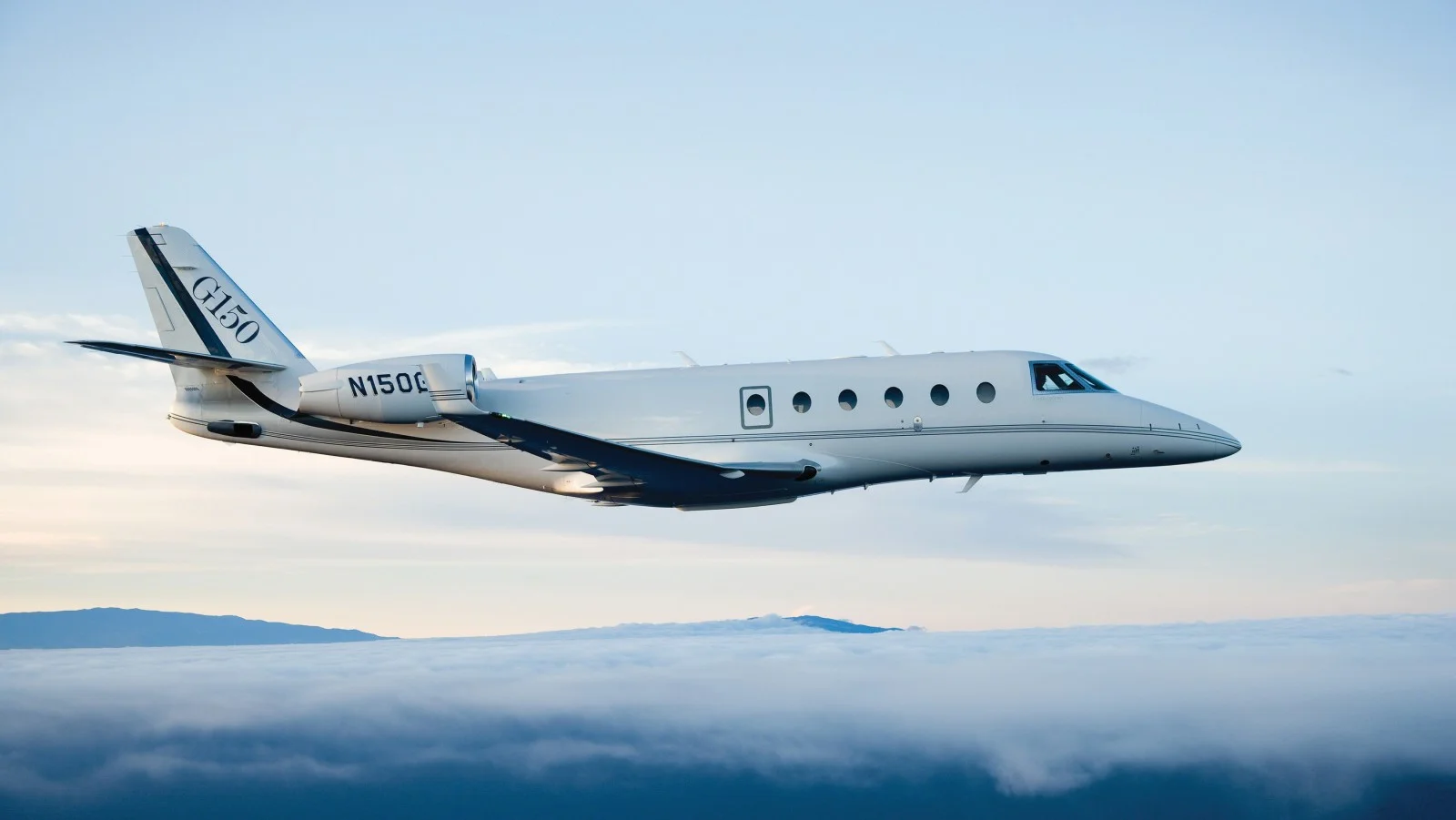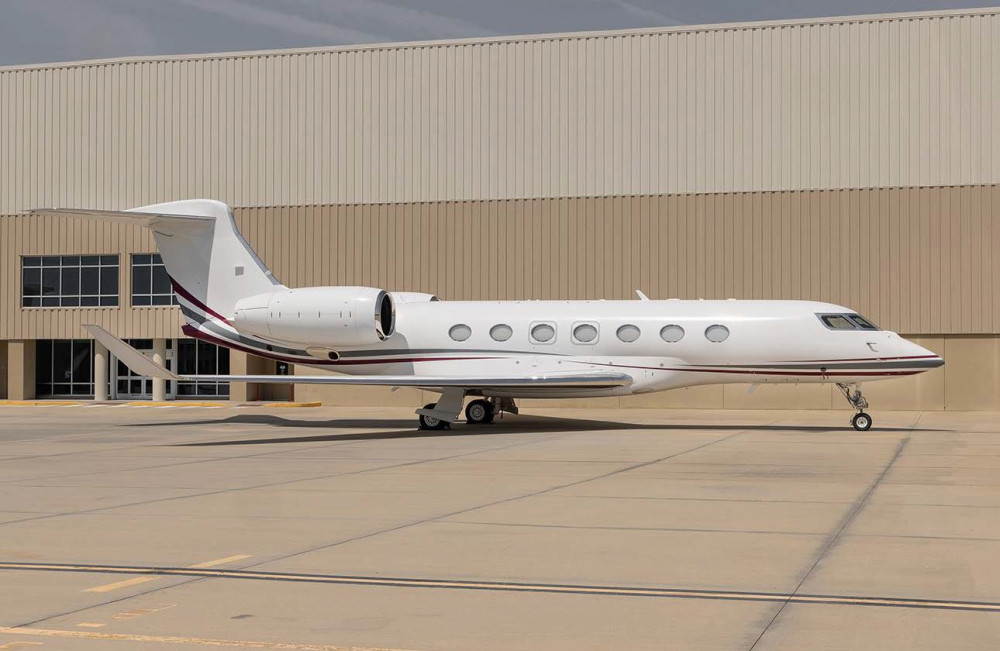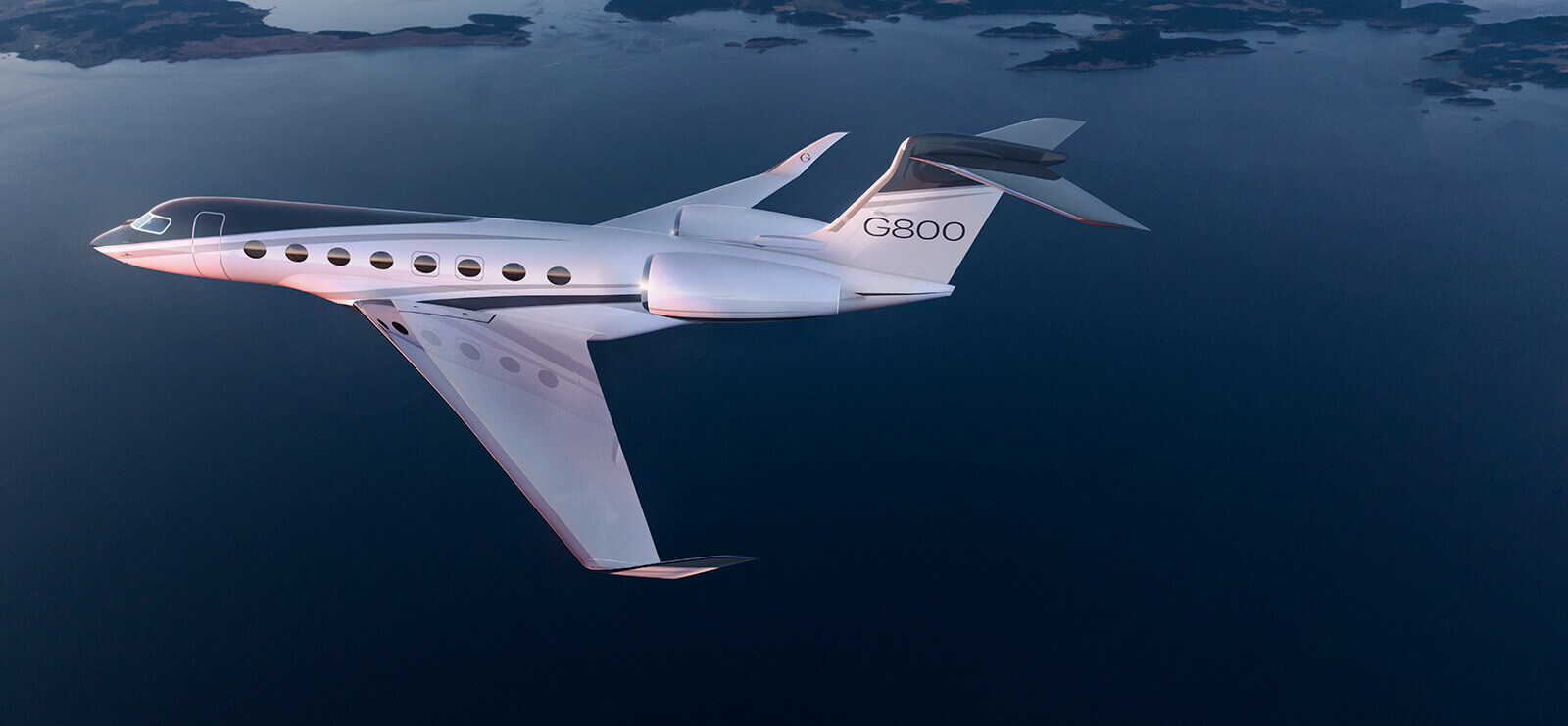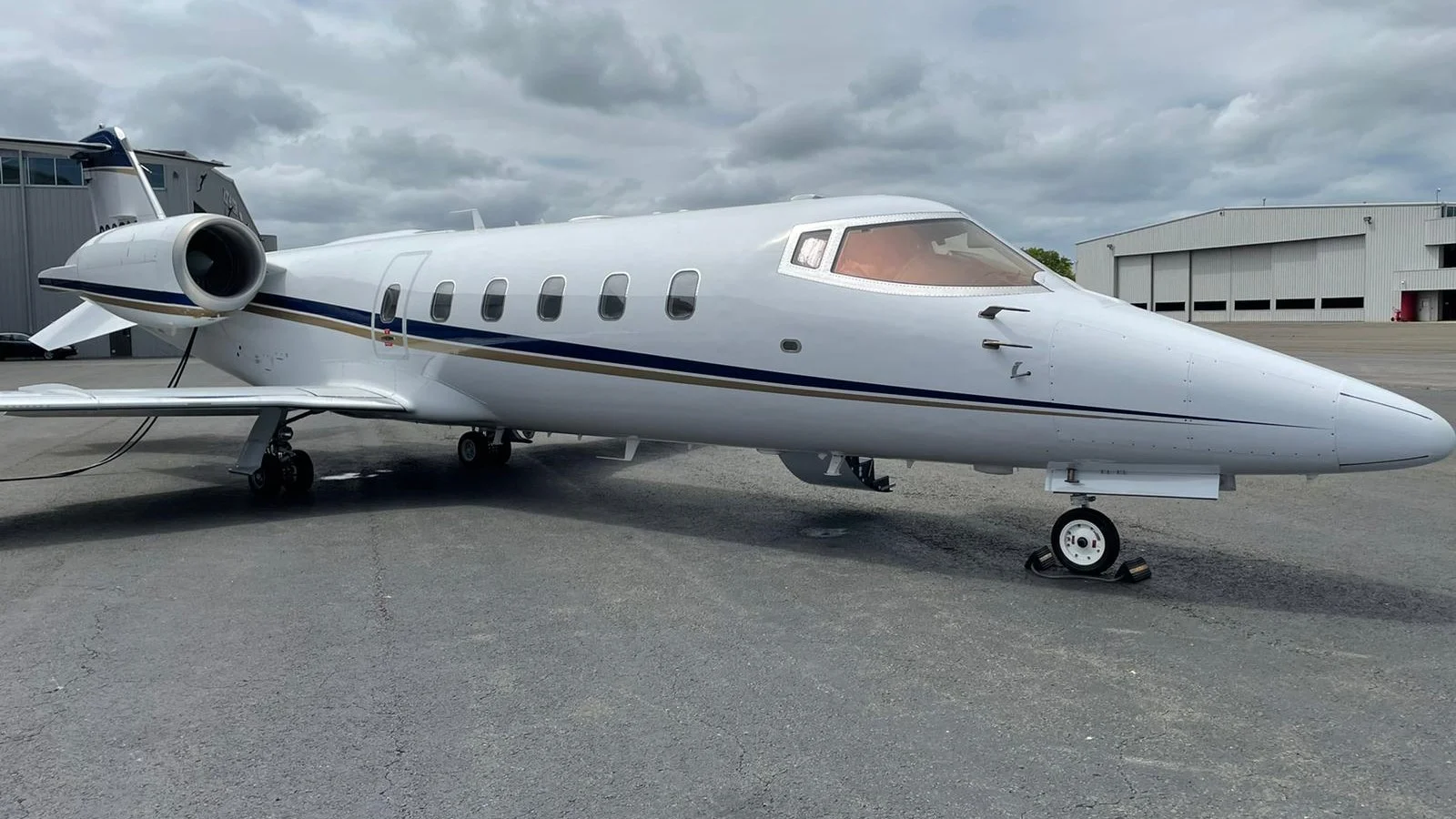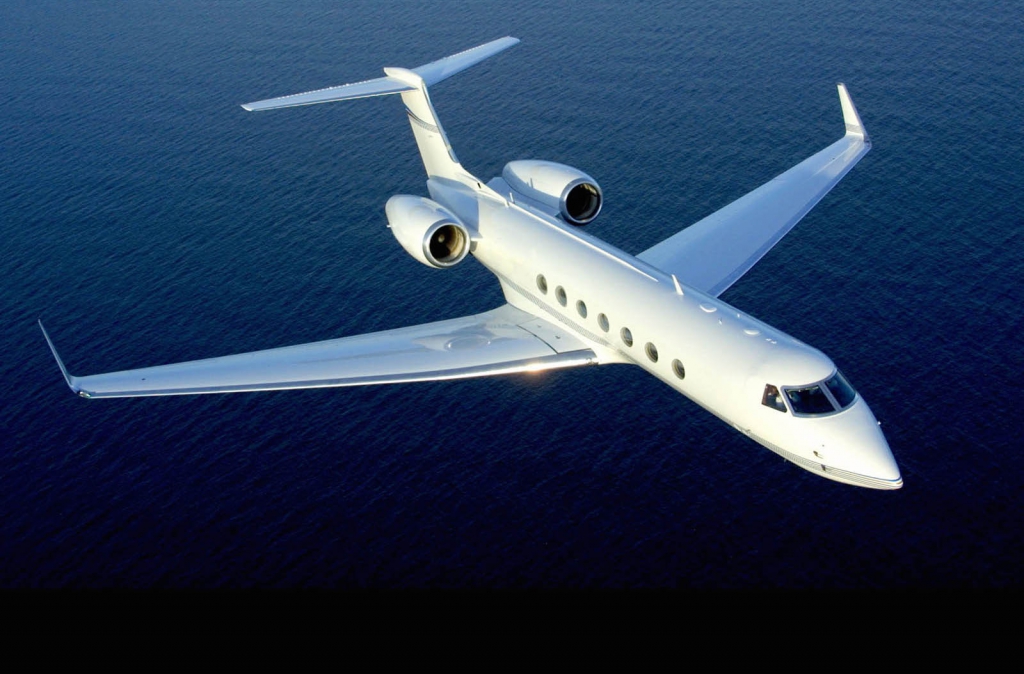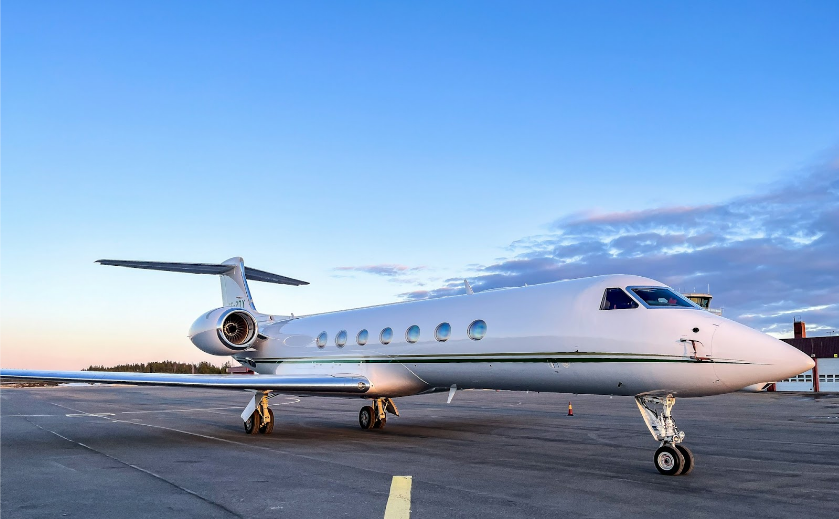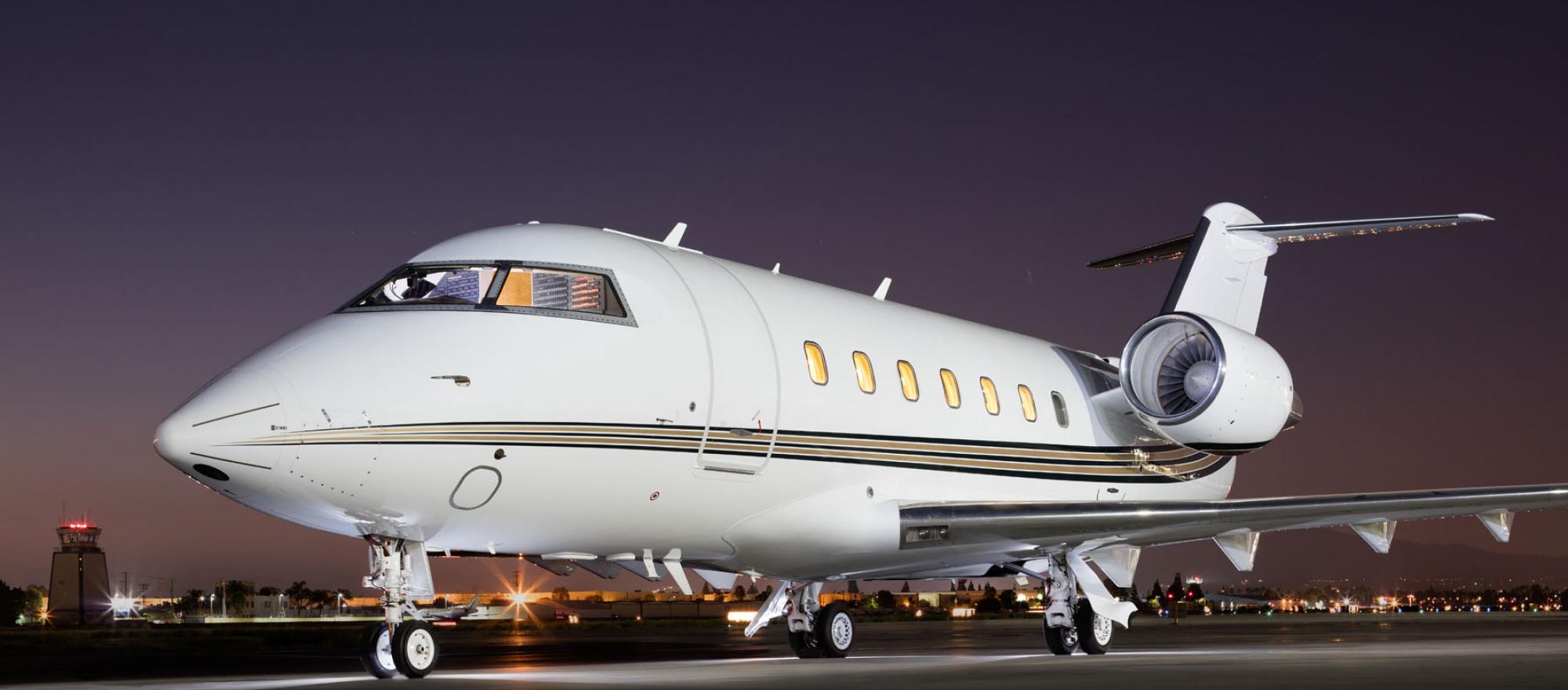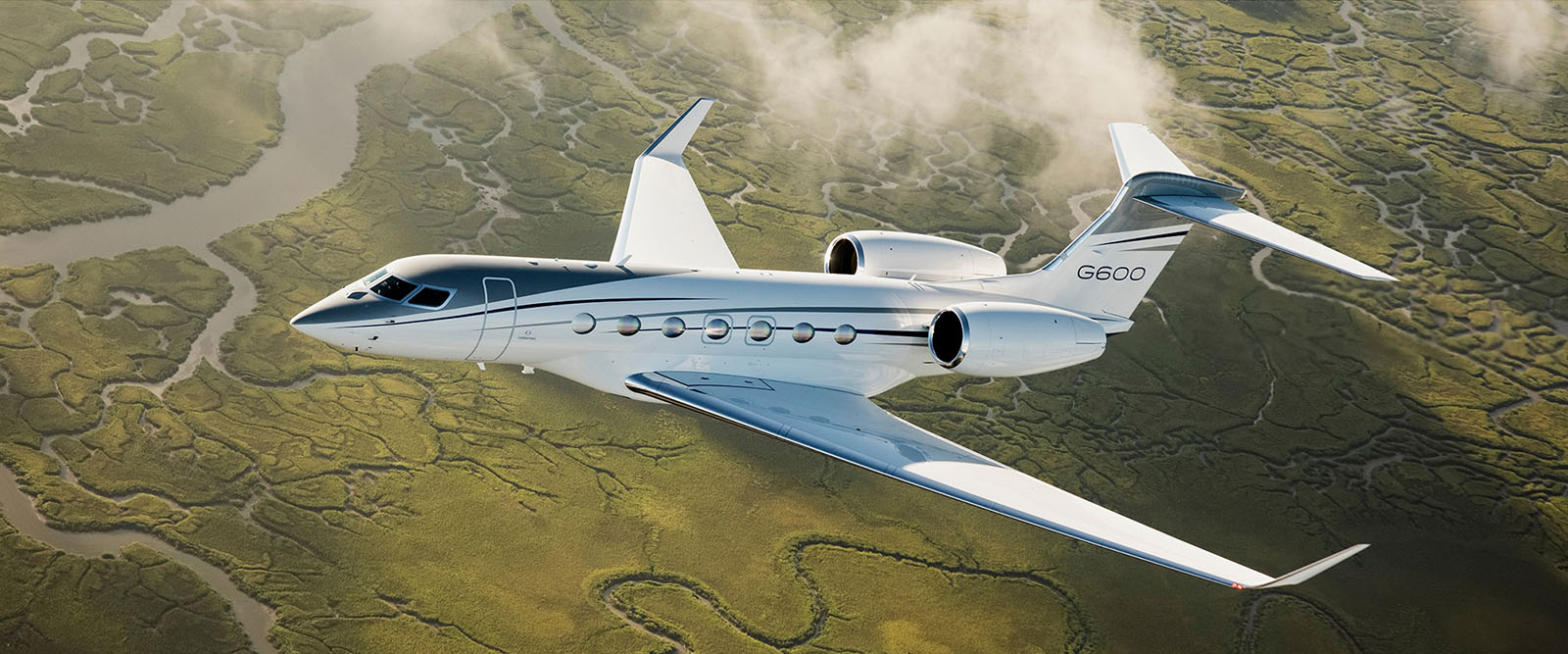The Bombardier Challenger 3500: Evolution Over Revolution
7 min read
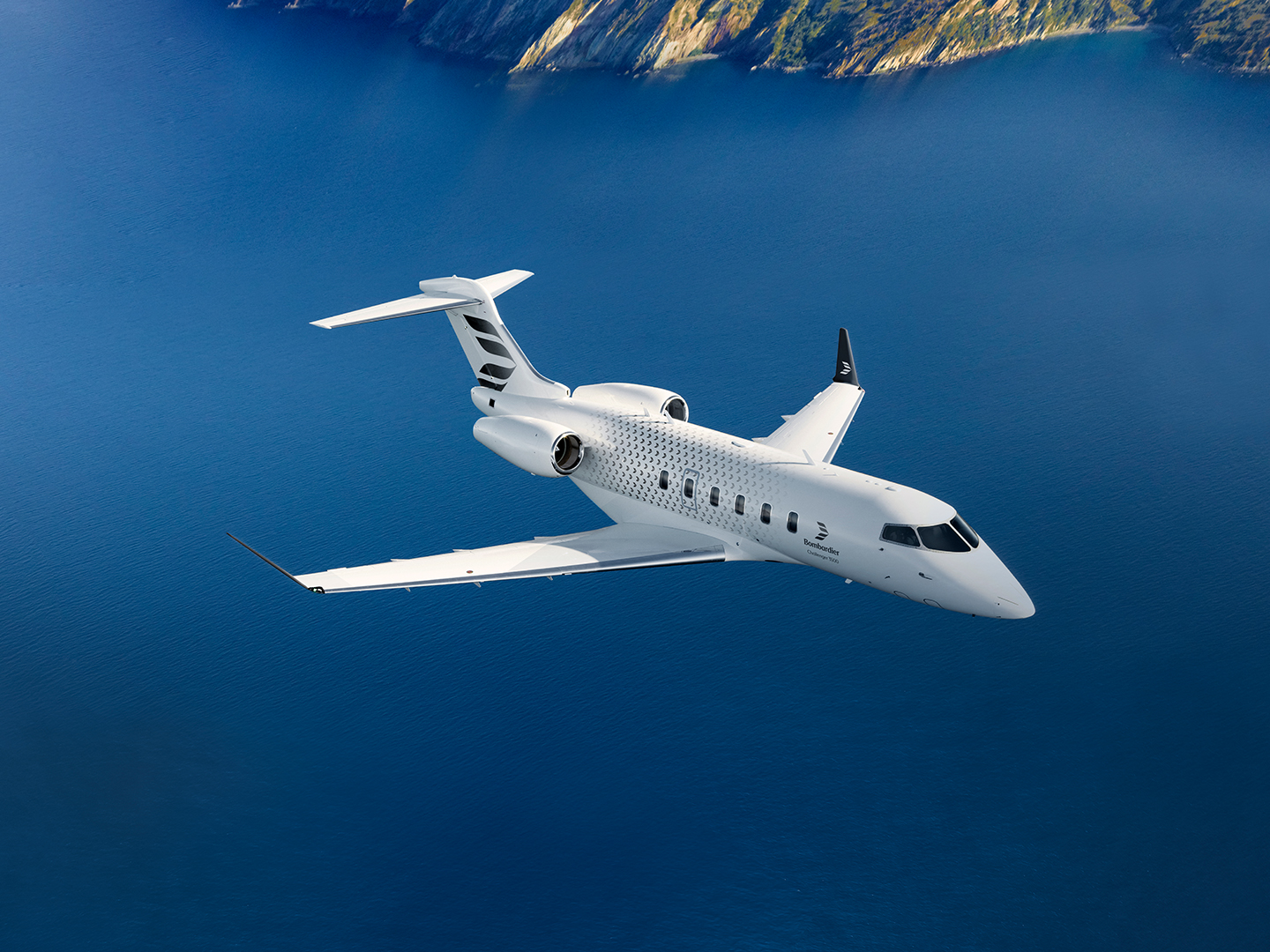
When Bombardier released the Challenger 3500 in 2022, it wasn't exactly reinventing the wheel, but sometimes you don't need to. Sometimes you just need to make that wheel roll smoother, look better, and feel more luxurious under your feet. That's essentially what Bombardier has done here, taking their proven Challenger platform and giving it the kind of thoughtful upgrades that actually matter to the people writing the checks.
So, it’s clear that the Challenger 3500 does bring something to the table, though whether it's compelling enough depends on what you value most in your flying experience. We'll dig into all of that, but first, let's talk about how this aircraft came to be.
Development: Building on Proven Success

The story of the Challenger 3500 really starts back in the early 2000s, which might seem like ancient history in aviation years, but bear with me here. That's when Bombardier decided they needed to make a serious play for the super-midsize market with their clean-sheet Challenger 300.
The original 300 was actually a pretty bold move. First flight in 2001, service entry in 2004, and it featured something that would become a Challenger trademark; that wide cabin cross-section that makes you forget you're in a midsize jet.
Fast forward to 2013, and Bombardier wasn't content to just ride the 300's success. They launched the Challenger 350, and this is where things get interesting from a development perspective. The 350 did well. Really well, actually. Well enough that by the time Bombardier was thinking about the next iteration, they had a solid foundation of operational data and customer feedback to work with.
Enter the 3500 in September 2021. Now, here's what's smart about Bombardier's approach with this aircraft: they didn't try to fix what wasn't broken. The basic airframe? Proven. The performance envelope? Already competitive. Instead, they focused on two areas that matter enormously to the people actually sitting in these cabins: passenger experience and sustainability.
The development timeline was refreshingly straightforward. First prototype flew in 2021, certification from the big three, Transport Canada, FAA, and EASA, came through in 2022, and deliveries started that same year.
What This Thing Can Actually Do
Here's where we get to the meat of what this airplane can actually do, and honestly, the Challenger 3500 delivers the kind of performance that makes you understand why this platform has been so successful for so long.
Hanging off the wings, you've got two Honeywell HTF7350 turbofan engines. Each one kicks out 7,323 pounds of thrust, which might not sound earth-shattering in an era of massive commercial engines, but in the super-midsize world, it's exactly the right amount of power. Not too much that you're burning too much fuel, and not too little that you're struggling to get where you need to go.
The headline number everyone wants to know is the range. The 3500 will take you 3,400 nautical miles with four passengers and two crew under NBAA IFR reserves, cruising at Mach 0.77. Those numbers translate to some genuinely useful trips: New York to London without stopping for fuel. Los Angeles to Honolulu over nothing but the Pacific Ocean.
But here's what I find more interesting than the headline range figure: this thing performs in conditions that would make other aircraft struggle. Hot-and-high operations, where the air is thin and engines work harder? The 3500 handles it without breaking a sweat.
The takeoff distance is worth paying attention to. Under 5,000 feet means you can get in and out of places like Aspen, Colorado, or London City Airport; airports that separate the serious business jets from the pretenders. And the 2,364-foot landing distance opens up even more options on the arrival end.
Inside Story: Where the 3500 Really Shines

Now we get to the part where the Challenger 3500 stops being just another capable business jet and starts being something genuinely impressive. Because while the performance numbers are solid, it's what happens inside this airplane that really sets it apart.
Let's start with space, because in business aviation, space is luxury. The 3500's cabin stretches 25 feet 2 inches from the cockpit divider to the aft cabin wall, not counting baggage space. That might not sound massive until you consider it's 7 feet 2 inches wide and 6 feet high throughout.
The wide part is crucial here: this is the widest cabin in its segment, and you feel it immediately when you step aboard. There's something psychologically liberating about being able to stretch your arms without touching the walls.
The flat-floor design means you can actually walk normally through the cabin instead of doing that weird business-jet shuffle. Up to 10 passengers can fit in standard configurations, though most operators go with 8 or 9 in more executive layouts.
But here's where Bombardier really put their money where their mouth is: the seating. Those Nuage seats aren't just marketing fluff. They're genuinely the first new business aviation seat design in over 30 years, and they offer something called "zero-gravity positioning." The positioning really does reduce pressure points and fatigue on long flights. You can configure them in club seating, or opt for that 3-place divan that converts into a proper sleeping surface.
The technology integration is where you really see that this is a 2022 airplane. Voice-controlled cabin systems for lighting, temperature, and entertainment. Think about that for a second, you're cruising at 41,000 feet, and you can just tell the airplane to dim the lights or change the temperature.
Connectivity is also serious business. Ka-band and 4G ATG with Iridium Certus backup means you're genuinely connected anywhere in the world.
Storage is thoughtful throughout:
- 106 cubic feet of accessible baggage space
- Forward wardrobe for hanging clothes
- Divan cabinets for personal items
The Cockpit Story
Up front, the Challenger 3500 keeps things proven and practical with the Collins Aerospace Pro Line 21 Advanced avionics suite, the same system that's worked so well in the 350. Four large, high-resolution displays give pilots everything they need without overwhelming them with information.

The standout feature is the standard autothrottle, which reduces pilot workload significantly on those long flights. Optional extras include a Head-up Display with Enhanced Vision System for landing in questionable weather, and the usual suspects: dual Flight Management Systems, Synthetic Vision for 3D terrain awareness, and MultiScan weather radar that automatically spots trouble ahead.
What's new for the 3500 is better integration between cockpit and cabin systems, so the crew can coordinate seamlessly with all that advanced cabin technology. It's not revolutionary, but it works, and in aviation, that matters more than flashy innovation.
The Money Talk
Let's be real about what you're looking at financially, because nobody buys a $26.7 million airplane without doing some serious math first.
That $26.7 million list price is where the conversation starts, but it's rarely where it ends. Actual transaction prices depend on your customization choices and how the market is feeling that particular quarter. If you're willing to take delivery of a "green" aircraft, basically the flying equivalent of a new house before the interior designer gets to it, you might get in around $25 million.
For the pre-owned market, the 2022-2024 models are trading in the $20-25 million range, which actually shows pretty healthy value retention for a business jet.
But the purchase price is just the entry fee. Operating costs are where you really learn whether you can afford to keep this thing flying. The 3500 does well here, among the lowest in the super-midsize class. Variable costs (fuel, maintenance, engine reserves) run between $1,851 and $3,700 per hour based on flying 450 hours annually. Throw in fuel at $6 per gallon, and you're looking at up to $5,000 per hour just to turn the wheels.
Fixed costs are the ones that hit whether you fly or not: crew salaries, hangar rent, insurance, and annual inspections. Figure $800,000 to $1.2 million annually for the privilege of owning this airplane.
Do the math on 450 hours per year, a reasonable assumption for an actively used business jet, and you're looking at $2.6 to $3.0 million annually, or roughly $4,731 to $5,899 per hour all-in.
The Final Verdict
After spending time with the Challenger 3500, here's what you need to know.
What works really well: That cabin is genuinely special. The Nuage seats, voice controls, and 4K entertainment actually make long flights more pleasant. The 99.8% dispatch reliability means this airplane will be ready when you need it, and those lowest-in-class operating costs add up over time. Plus, a transcontinental range with short-field capabilities gives you real flexibility.
What doesn't: At $26.7 million, it's not cheap, more expensive than competitors like the Embraer Praetor 600. Fuel consumption of 239-478 gallons per hour isn't terrible, but it's not leading the efficiency charts either. The baggage compartment at 106 cubic feet is adequate but nothing special. And good luck getting a new one quickly; delivery backlogs stretch into 2026.
Bottom line: The 3500 isn't trying to revolutionize business aviation. It's taking everything that worked about the Challenger platform and making it better where it counts: passenger experience, reliability, and long-term value. If you're a corporate operator who values proven performance over cutting-edge innovation, this airplane makes a lot of sense. The upfront premium pays dividends in dispatch reliability and resale value.
Is it perfect? No. But in a crowded super-midsize market, the 3500 does enough things really well to justify its success. Sometimes evolution beats revolution.
